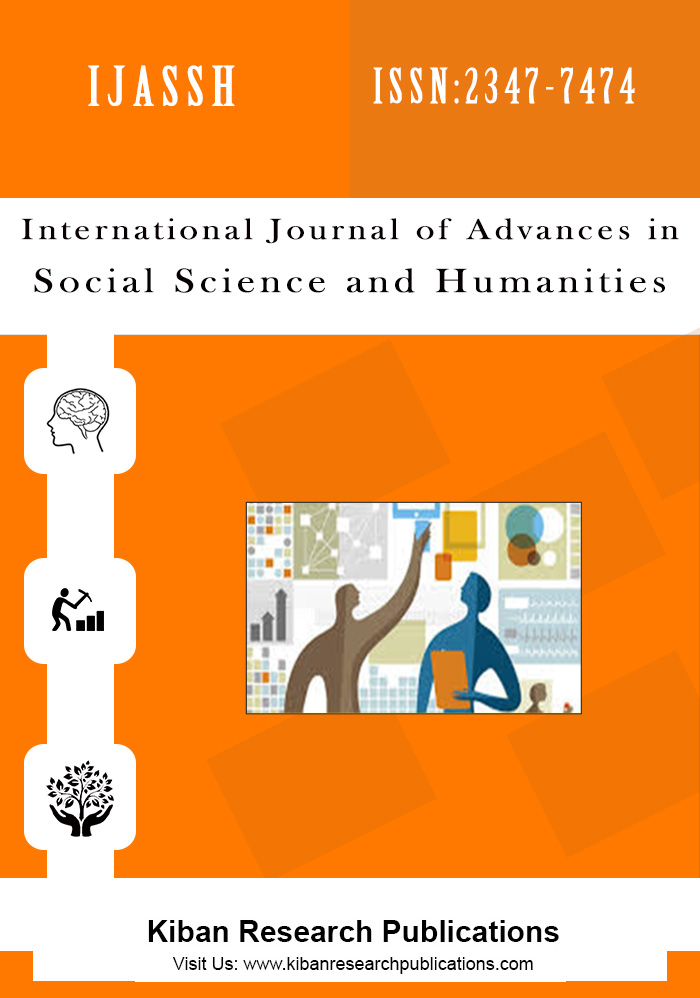Students’ Socio-Economic Status and Enrolment in Public Secondary Schools in Kenya
Abstract
The purpose of this study was to find out whether the socio-economic status (SES) of students has any effect on enrolment into public secondary schools in Kenya. The research design used was co-relational. The accessible study population comprised of 16,120 students from public secondary schools. A sample of 1,450 students was drawn from the population using Probability Proportion to Size (PPS) sampling technique. Questionnaires were used to collect data from the respondents. Descriptive statistics, pairwise correlation and multinomial logistic regression were used to measure the effect of students’ socio-economic status on enrolment into public secondary schools. This study found that a high proportion of students enrolled in national secondary schools were from the high socio-economic status. However, when other variables were controlled, this effect became insignificant and the main determinants of admission into the three categories of public secondary schools in Kenya emerged as student based-variables such as the student’s age at Kenya Certificate of Primary Education (KCPE), gender and KCPE scores .It was thus concluded that student/household Socio-Economic Status may not determine admission to sub-county, county or national secondary schools. Learners from the low SES category should be encouraged to work harder towards improving their academic scores in KCPE. Also they should avoid repeating classes as this does not increases the probability of such candidates being admitted to county or national secondary schools. It is recommended that that primary schools should endeavor to improve the KCPE scores of their candidates and avoid class repetition.
Keywords: Socio-Economic status, Enrollment determinants, Equity, Secondary school, Households.




